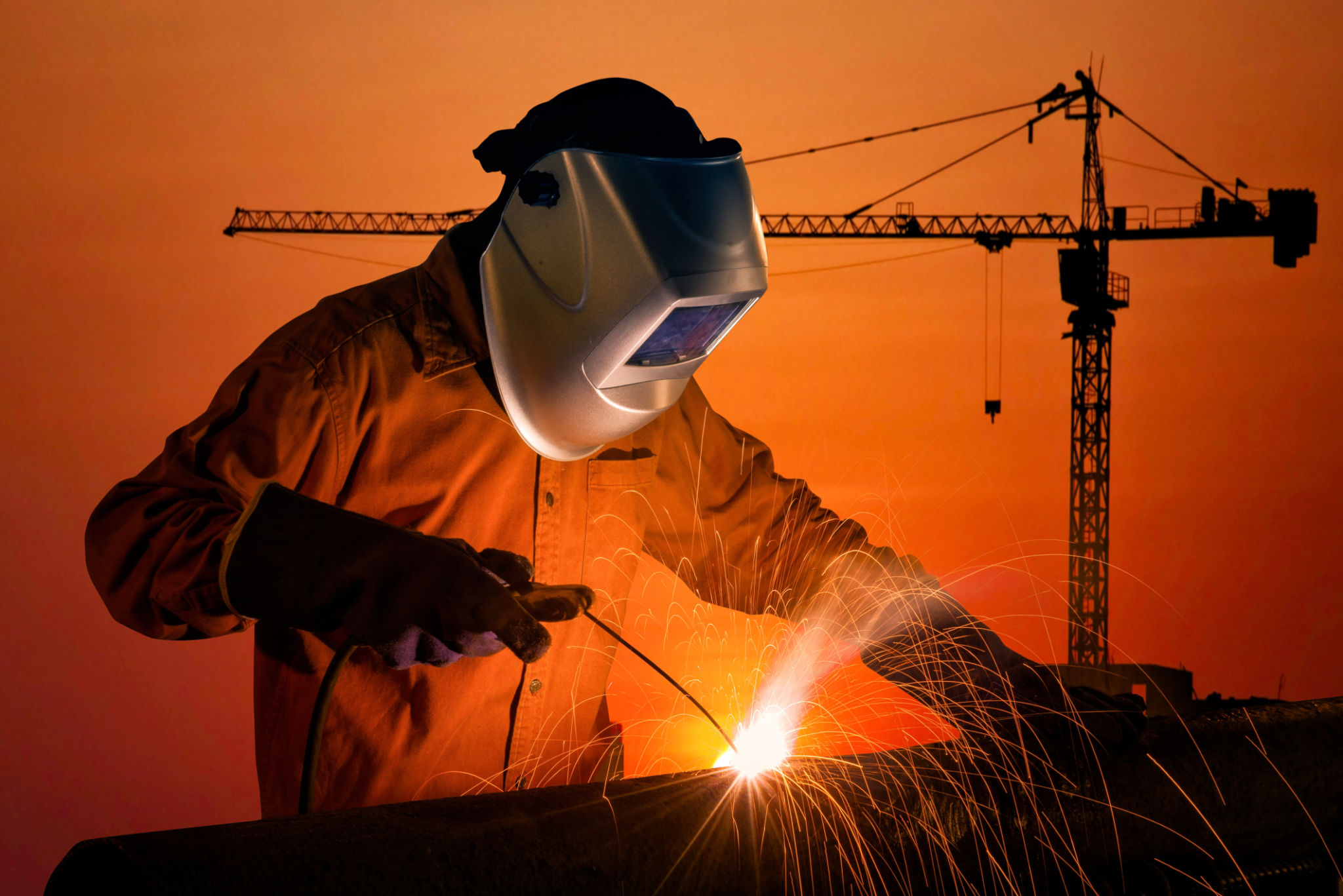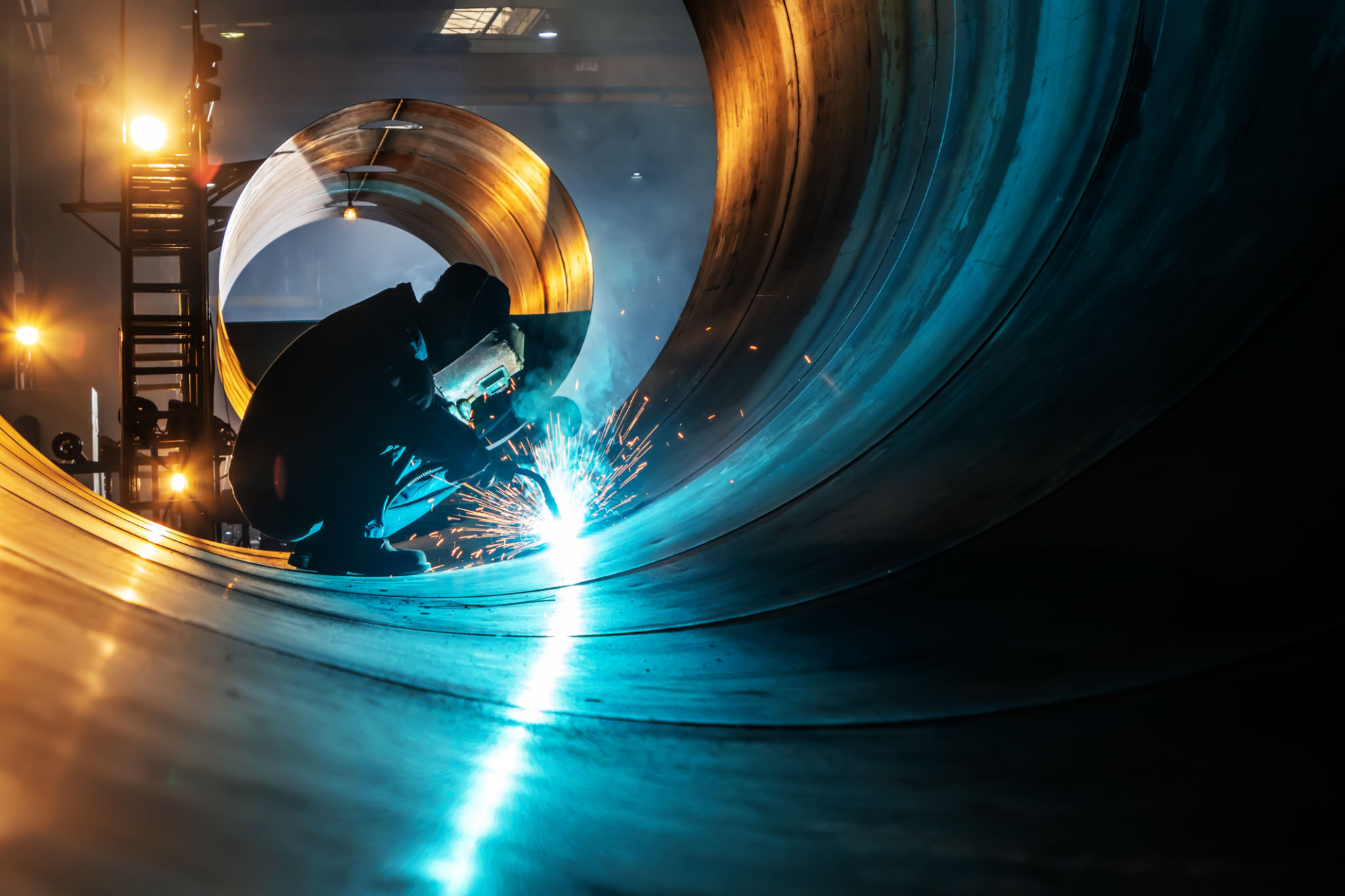DIY Welding Tips: When to Call the Professionals
Understanding the Basics of DIY Welding
Welding is a fascinating skill that allows you to create, repair, and modify metal structures. Whether you're a hobbyist or an experienced DIY enthusiast, welding can be incredibly rewarding. However, it's important to start with a solid understanding of the basics. You'll need to familiarize yourself with different welding techniques such as MIG, TIG, and Stick welding, each serving different purposes depending on the project requirements.

Before diving into your first project, ensure you have the right safety gear. Welding involves high temperatures, sparks, and potentially harmful fumes, so investing in a quality welding helmet, gloves, and protective clothing is crucial. Also, consider the ventilation of your workspace to avoid inhaling toxic fumes.
Choosing the Right Projects for DIY Welding
Not all welding projects are suitable for DIY enthusiasts, especially if you're just starting out. Beginners should focus on simple projects like garden art, small furniture pieces, or basic repairs around the home. These projects allow you to practice your skills without the risk of structural failure.

Once you've gained some experience and confidence, you can move on to more complex projects. However, always ensure that your skills match the project requirements to maintain safety and quality standards. Remember, practice makes perfect, so take your time honing your technique.
When to Call in Professional Welders
While DIY welding can be a fulfilling hobby, there are times when it's best to call in the professionals. Structural welding projects, such as those involving load-bearing beams or critical automotive parts, should always be handled by certified welders. These projects require precise calculations and expertise to ensure safety and durability.

If you're working on a project involving exotic materials or specialized techniques that you're not familiar with, it's wise to consult a professional. They have the knowledge and experience to handle these challenges effectively without compromising on quality.
Recognizing Potential Hazards
Welding can pose several hazards if not done correctly. If you notice any signs of structural weakness or instability in your welds, it's important to reassess your work. Poorly executed welds can lead to accidents or damage over time.
Additionally, if you're unsure about the proper settings for your welding machine or how to handle a specific material, don't hesitate to reach out for expert advice. It's always better to be safe than sorry when it comes to welding.
Conclusion: Balancing DIY Enthusiasm with Expertise
DIY welding offers a wonderful opportunity to create and repair with your own hands. By starting with manageable projects and gradually building your skills, you can enjoy the many benefits of this craft. However, knowing when to call in professionals is key to ensuring safety and achieving the best results.
Remember, welding is a skill that takes time to master. Embrace the learning process and seek guidance when needed, and you'll find great satisfaction in your DIY welding journey.
